-
 play_arrow
play_arrow
PUKfm
-
 play_arrow
play_arrow
London Calling Podcast Yana Bolder
-
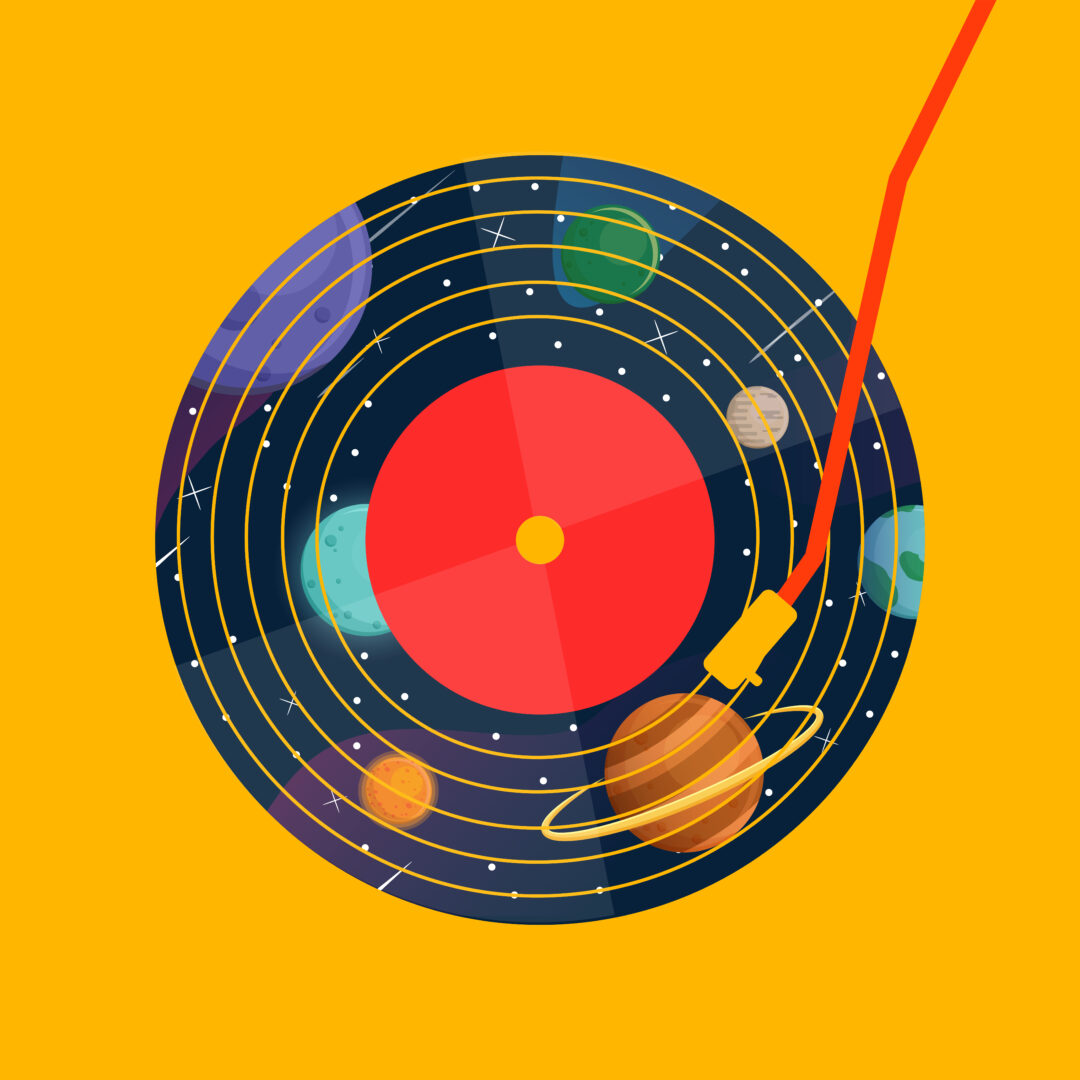 play_arrow
play_arrow
Summer Festival Podcast Robot Heart
-
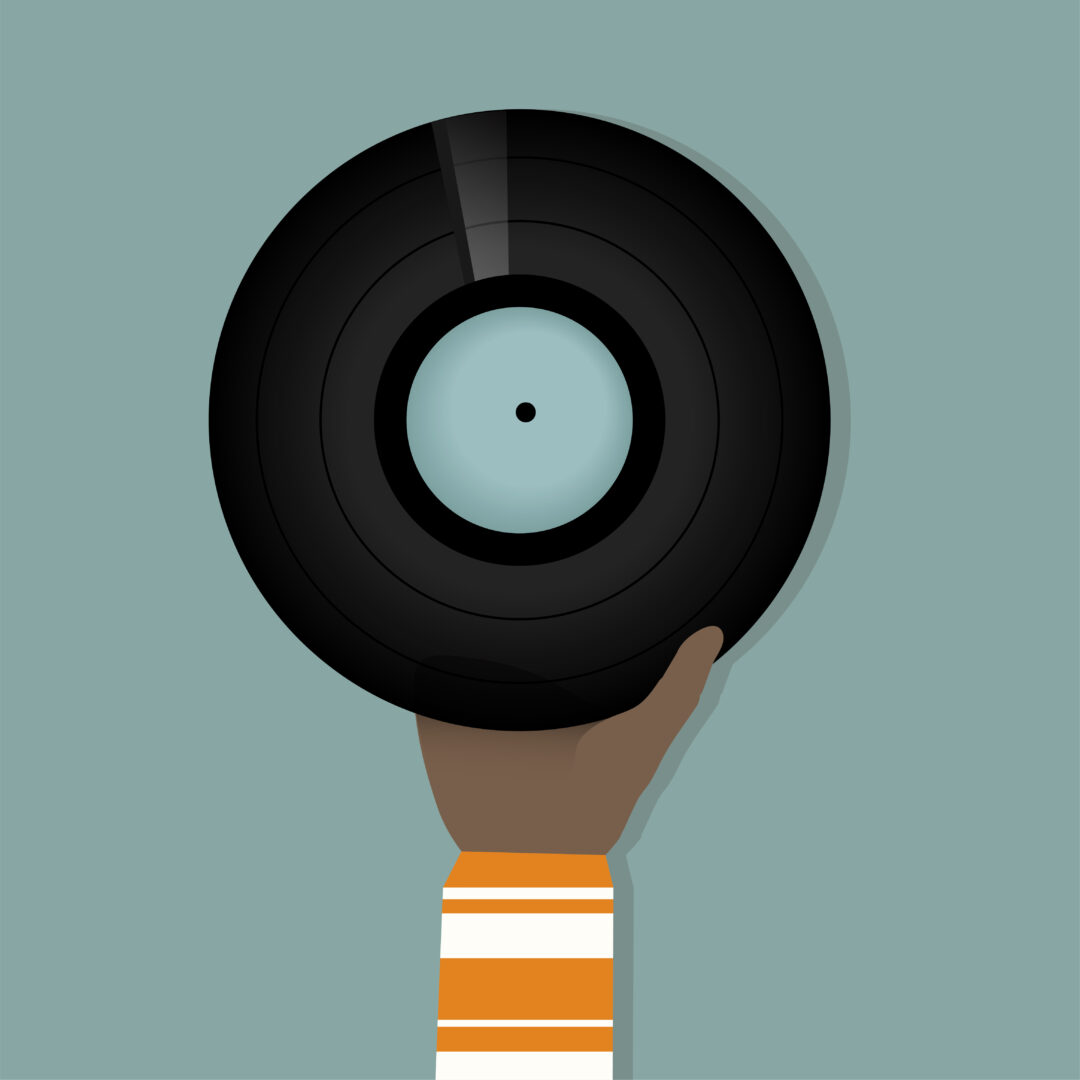 play_arrow
play_arrow
Electronic Trends Podcast Aaron Mills
-
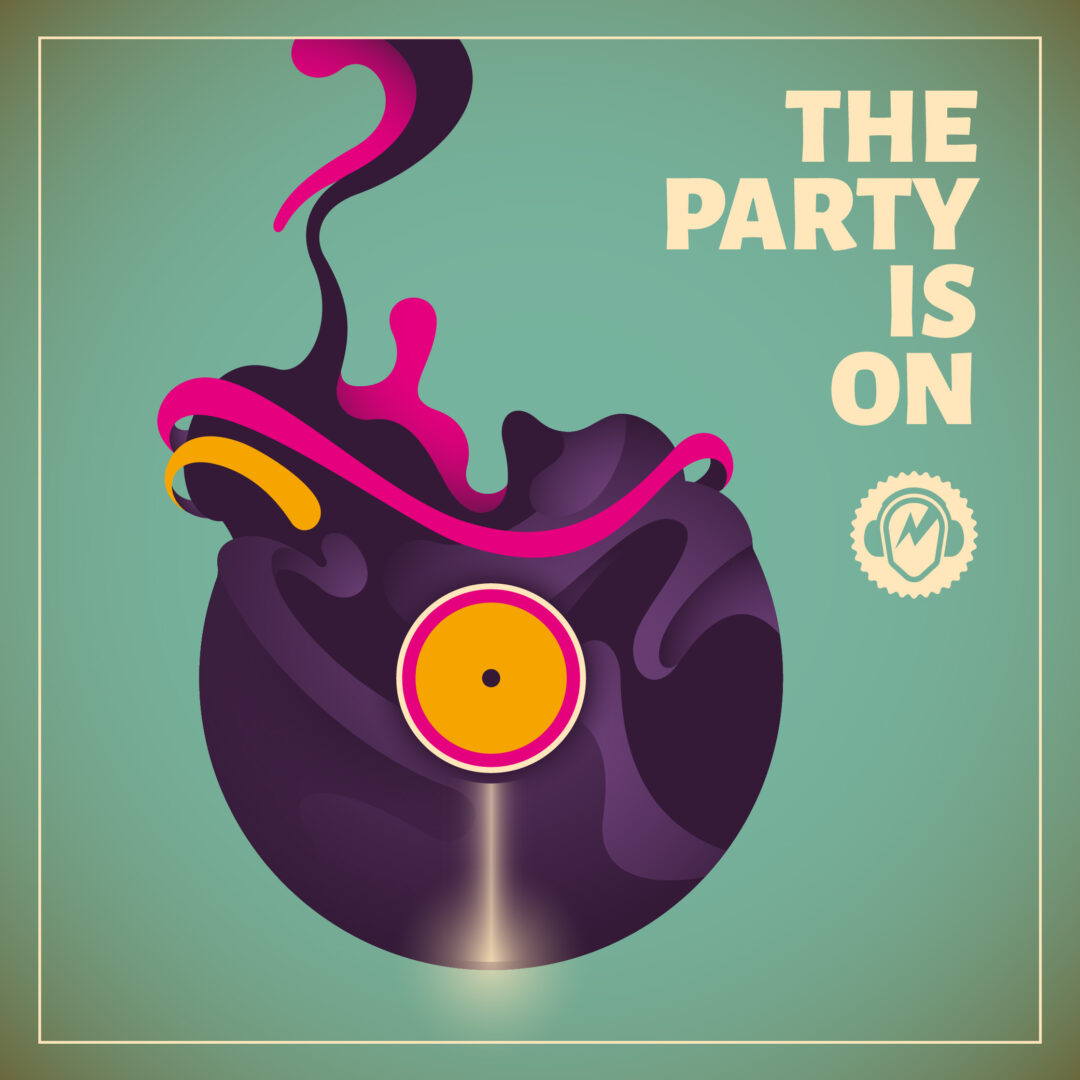 play_arrow
play_arrow
New Year Eve Podcast Robot Heart
-
 play_arrow
play_arrow
Techno Podcast Robot Heart
-
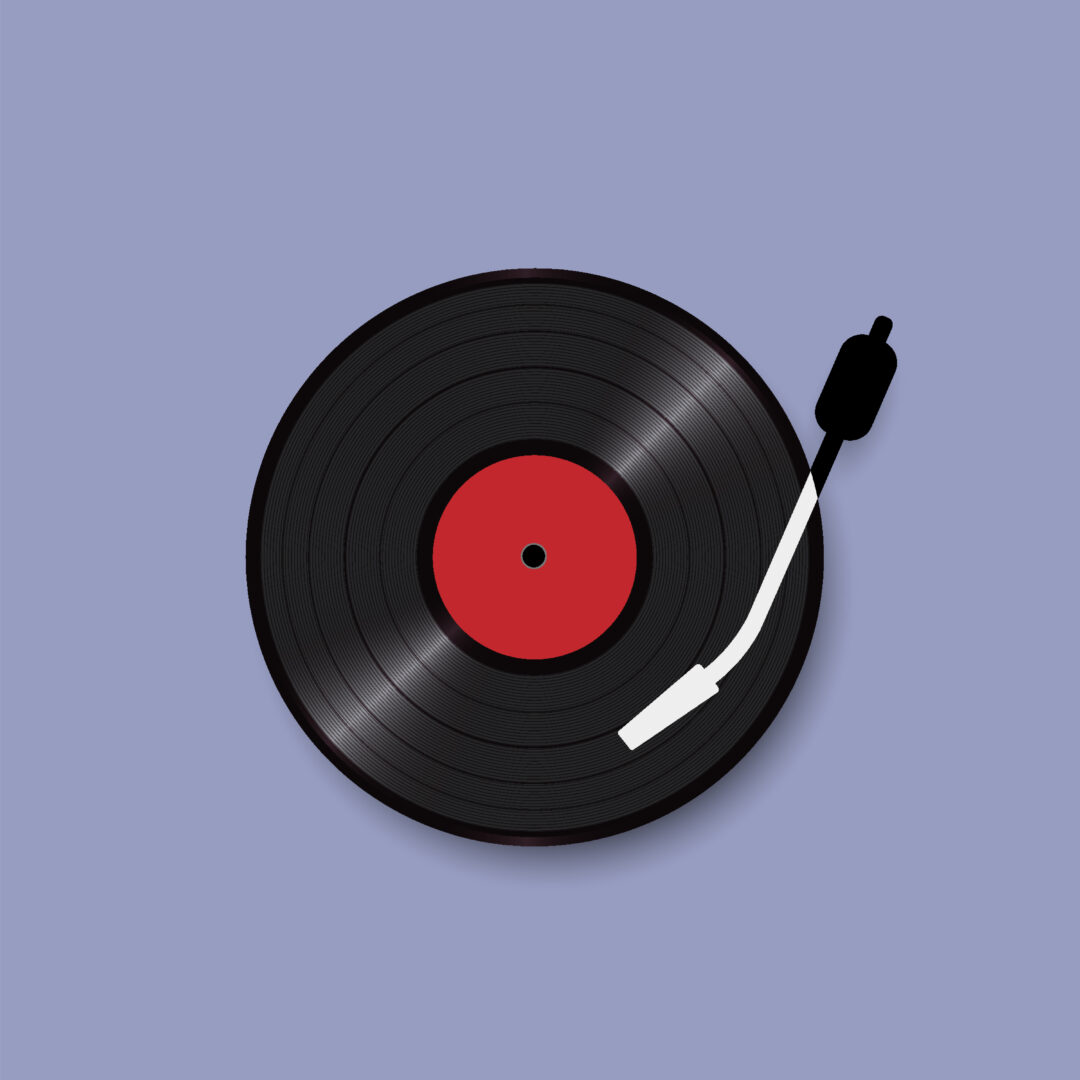 play_arrow
play_arrow
Flower Power Festival Podcast Robot Heart
-
 play_arrow
play_arrow
Tech House Podcast Robot Heart
-
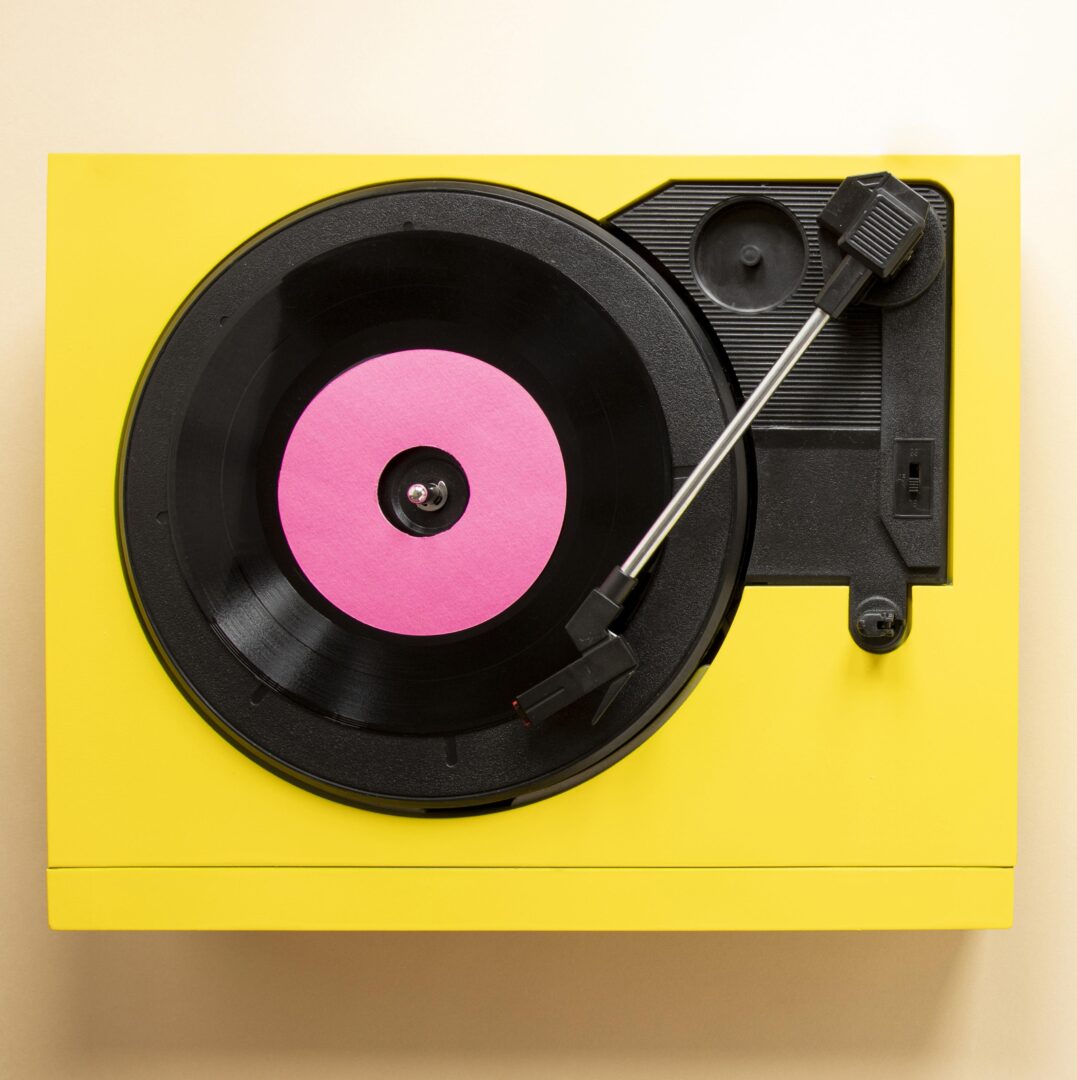 play_arrow
play_arrow
Winter Festival Podcast Robot Heart
Cristine Struweg
@c_r_i_s_1_0
“A lot of people criticise Formula One as an unnecessary risk. But what will life be like if we only did what was necessary” – Niki Lauda
You have not experienced life until you have heard Ted Crofty say “it’s lights out and away we go” on a Sunday at the start of an Formula 1 (F1) race. Therefore, I am here to help you understand this adrenaline-filled sport and how you too can wish for just 2 more laps so that your favourite can get a pass for the win.
On the grid there are ten teams, and each team consists of two drivers. McLaren, Ferrari, and Williams are the three teams that have been on the grid the longest and have enjoyed many successes over the years. With them, Mercedes and Red Bull Racing also have enjoyed many successes in the past decade. Other teams on the grid include Aston Martin, Alpine, Racing Bulls (Red Bull Racing’s sister team), Haas and Kick Sauber.
In the current format there are 24 race weekends, and six of these are sprint weekends.
| Day | Normal Weekend | Sprint Weekend |
| Friday: | Practice 1 | Practice 1 |
| Practice 2 | Sprint Qualifying | |
| Saturday: | Practice 3 | Sprint Race |
| Qualifying | Qualifying | |
| Sunday: | Race day | Race Day |
On a normal race week, you have three practice sessions. These sessions help the teams and drivers to get used to conditions and decide what will be the best strategy come race day. Each team is required to run a rookie driver in at least two of the Practice sessions. A rookie driver is classified as someone who has not started more than two F1 races. Saturday is for qualifying. Qualifying (Q) is sometimes more important than the race itself because track position at certain tracks can be crucial, like Monaco where overtaking is merely impossible.
Qualifying works as follow:
There are three sessions, namely Q1, Q2 and Q3. Q1 is the first session of the hour and it lasts 18 minutes. In this session, all twenty drivers get the opportunity to put in their fastest one lap time. At the end of Q1, the bottom five drivers fall out and will start the race how they placed in that session from P16-P20. Then comes Q2, this session is 15 minutes long and at the end another five drivers fall out, setting the grid for P11 – P15. Lastly, Q3 is the session where the fastest drivers fight it out for pole position. They get 12 minutes to set their fastest time, and whoever ends P1 at the end of the session will start on pole for Sunday’s race. Thus, this session sets the grid from P1 – P10.
On Sprint weekends things go a bit different. You have your normal practice 1 but then from there it is only competitive sessions. Sprint Qualifying (SQ) replaces Practice 2, and the Sprint Race replaces Practice 3.
Sprint Qualifying sets the grid for the Sprint Race. Sprint Qualifying mostly stays the same as normal qualifying except that the times change to SQ1: 12 minutes, SQ2: 10 minutes, and SQ3: 8 minutes.
The Sprint Races offer 36 more points than normal race weekends. Everyone in the top eight gets points from P1 = 8 points down to P8 = 1 point.
On Sunday we go racing. This is where the real points are handed out and where pitstops and strategy play a role. The number of laps in a race is determined by minimum laps, it takes to surpass 305km, except for in Monaco because of the slow speed. A driver is also required to make at least one pitstop in a race and must run two different tyre compounds in a race.
The tyre compounds differ from track to track, but you have a soft, which is the fastest but degrades the fastest; medium and hard, which is the slowest but lasts the longest. On rainy weekends you have an intermediate and wet tyre as well.
Accidents happen and there are different scenarios for when accidents happen. Firstly, it is important to note that the track consists of 3 different sectors. Now, you get yellow flags which means you must drive slower, and with double yellow flags you must drive even slower. Then you get the Safety Car or Virtual Safety Car which comes out when there are marshals on track that must recover a vehicle or pick up pieces. For bigger accidents, you get a red flag, meaning all the drivers come back to the pit and stay there until the track is clear.
The last important thing to know about is the Drag Reduction System (DRS). When a driver is within one second of the driver in front of them, they get to open their rear wing and gain about 10-12 km/h. This usually makes for exciting racing.
The points on Sunday are handed to P1 up until P10.
| P1 | 25pts |
| P2 | 18pts |
| P3 | 15pts |
| P4 | 12pts |
| P5 | 10pts |
| P6 | 8pts |
| P7 | 6pts |
| P8 | 4pts |
| P9 | 2pts |
| P10 | 1pts |
That is all you need to know for now. The more you watch the more you learn. F1 will be back on the 29th of August after the current summer break. May you enjoy it as much as I do!
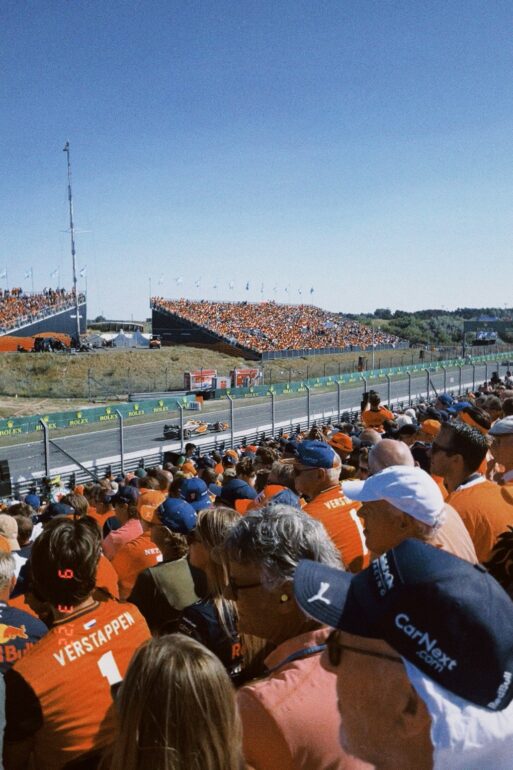
A crowd of people at the Zandvoort circuit watching the race in 2022 (Source: Cristine Struweg)
Edited by Kyle Bauermeister
Written by: Wapad
Similar posts
Recent Comments
Chart
-
-
-
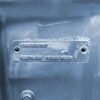 play_arrow
play_arrow
I Had Some Help (feat. Morgan Wallen) Post Malone
-
-
-
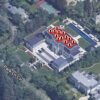 play_arrow
play_arrow
Not Like Us Kendrick Lamar
-
-
Top popular

VARSITY CUP TICKET RESELLERS AND BUYERS – MAY BE DENIED ACCESS
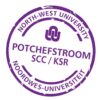
UNANSWERED AND UNSPOKEN: NWU’S SILENCE ON SUSPENSION OF SCC STUDENT LEADER

MARCHING FOR JUSTICE AND POLICE ACCOUNTABILITY: THE TRUTH BEHIND THE TMM LOFTS PROTEST

DEGENAAR PRAAT OOR DIE NA-SKOK VAN ‘N TRAGEDIE
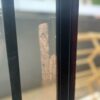
STUDENTS NO LONGER SAFE BEHIND LOCKED DOORS!

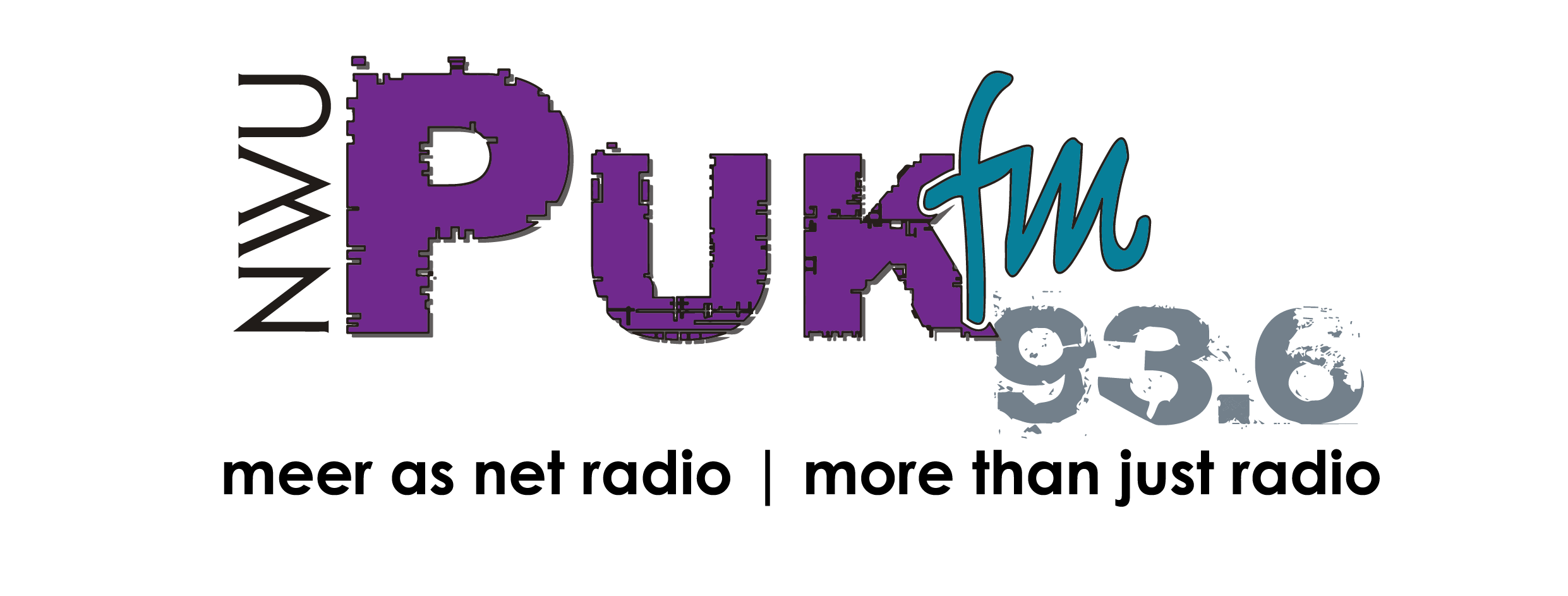
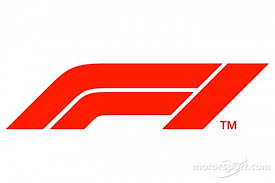



Post comments (0)